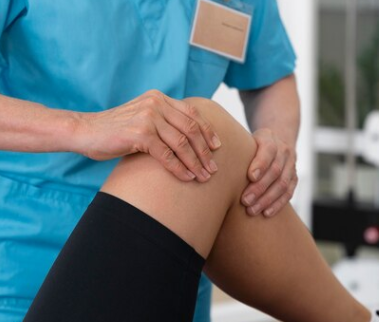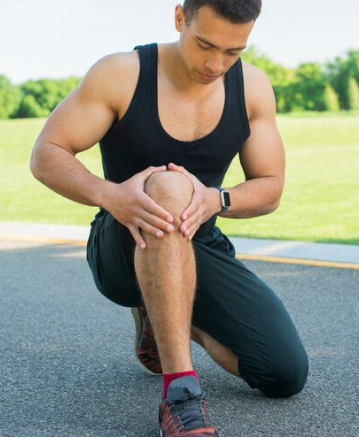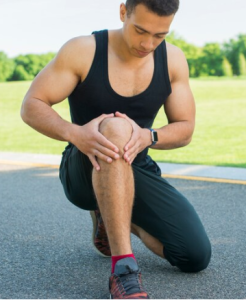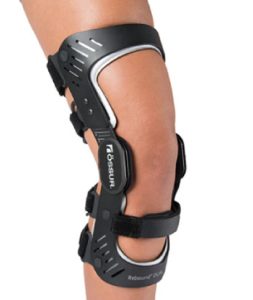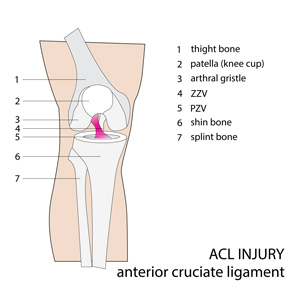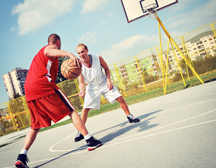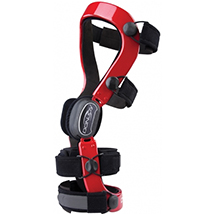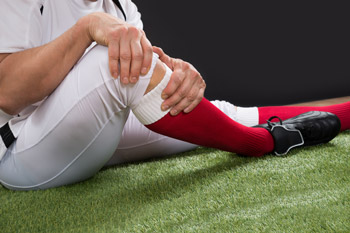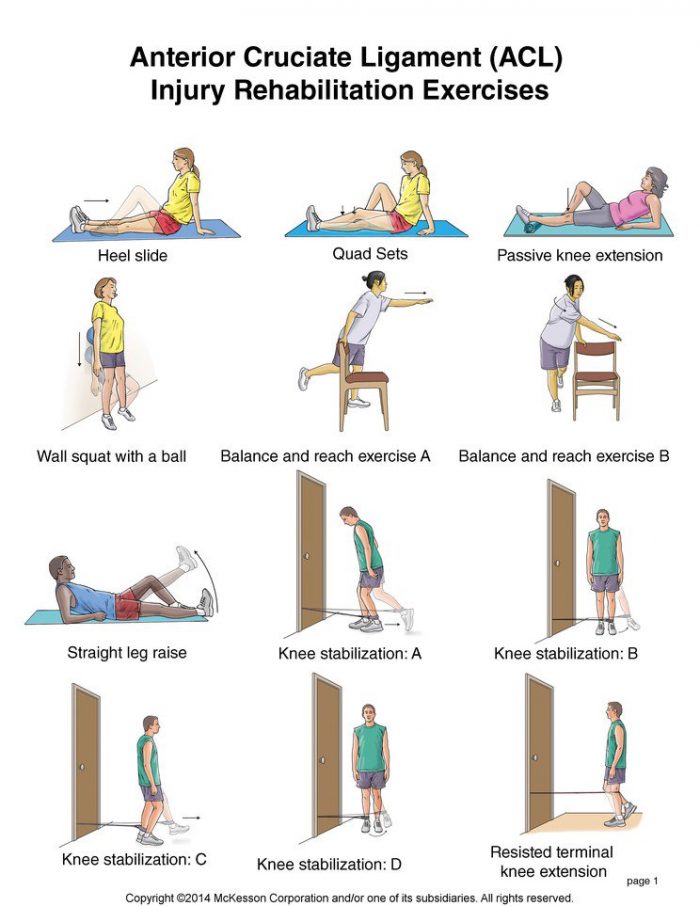ACL rehab is very important for you to get back to your normal life as well as your athletic activities. Frequently, sports injuries lead to pain, inflammation, and instability in the knee that can interrupt your daily life. However, working alongside a Physiotherapist, you will be able to recover and participate in physical activities again.
How does an ACL Injury occur?
The most common mechanism of injury is non-contact, such as a twist on a planted foot, coming down badly from a jump, or a sudden stop. Usually, ACL tears are very common sports injuries such as in soccer, volleyball and more. Due to the nature of these sports, both fast paced and with lots of quick direction changes, it increases the risk of an ACL injury. Alternatively, ACL injuries may happen traumatically, with a direct force against the lower leg. As may be expected, these are more common with contact sports such as rugby and football.
What are the signs symptoms of an ACL tear?
- Feelings of instability or giving out of the knee
- Difficulty with weight bearing activities such as walking, stairs, squatting
- Pain in and around the knee
- Weakness and atrophy of the muscles around the knee
- If other structures are involved, locking of the knee in a certain position
Is surgical repair required?
Surgical repair may be needed for a fully torn ACL depending on the severity of the injury and level of physical activities you want to return to. In both surgical and non-surgical cases, rehabilitation with a skilled Registered Physiotherapist is essential to recovery.
Custom knee braces for ACL rehabilitation

Custom Knee Brace
In addition, wearing a custom knee brace can allow you to fully support your knee without having to do surgery. Custom knee braces can be very helpful once the swelling around your knee is managed. These are very sturdy braces that can allow you to return to all or most of your previous activities without surgery. A Custom Knee Brace provides and substitutes as the support for the torn ACL ligament. There are several types of Custom Knee braces available in the market. The most popular brands are DonJoy, Bledsoe and Ossur. At PhysioNow, we carry off the shelf knee braces and Custom Knee braces from all of the major suppliers.
Check out this link for a few of the braces we currently offer at PhysioNow in Burlington, Oakville, Mississauga, and Etobicoke.
How can physiotherapy help after an ACL tear?
Primarily, the role of physiotherapy after an ACL tear is:
- Pain control
- Restore range of motion to the knee
- Strengthen the affected muscles
- Improve balance and motor control of the knee
- Improve power, coordination, and speed in the context of your sport
Pain is controlled by using different modalities such as ultrasound and interferential therapy. A graduated exercise program will help you to improve your movement.
Here is another interesting article about ACL rehabilitation.
Exercises will focus mainly on:
- Strengthening quadriceps, hamstrings and gluteal muscles
- Proprioception techniques (you will likely lose some of your natural ability to balance after an ACL tear)
- Improving mobility of the joint and stretching muscles around the knee

Possible ACL REHAB Exercises
Please do not attempt these exercises at home without the advice of your doctor or a skilled Registered Physiotherapist!
Looking for help with your ACL rehab?
If you or someone you know has had an ACL tear, we at PhysioNow would be happy to help! If you want to discuss Physiotherapy Treatment or to see if a Custom Knee brace might be helpful for you, please contact PhysioNow today!
